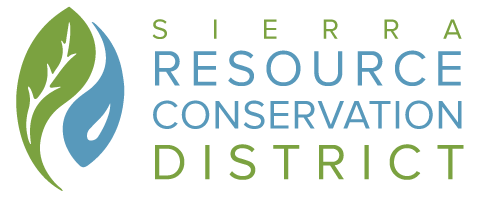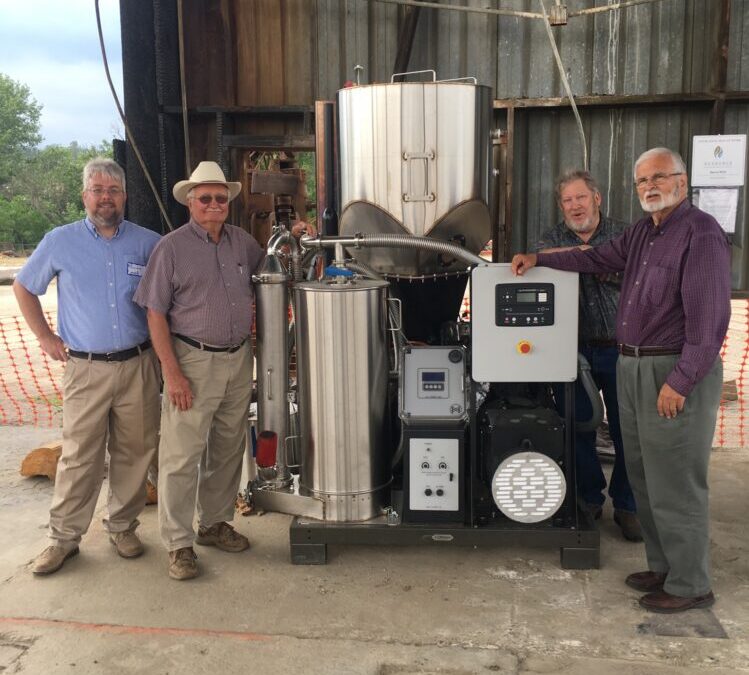By Kiko Barr 1/15/2020 with the California Association of Resource Conservation Districts (CARCD)
Resource Conservation Districts (RCDs) are finding a way to turn a tricky problem into an energy and climate solution for their local communities. An important part of keeping California forests fire resilient is managing and removing highly flammable dead trees and other hazardous fuels. Most often, hazardous fuels are destroyed on-site in controlled “burn piles,” or transported to mills to be turned into wood products. Though both strategies are important management tools, burn piles release carbon back into the atmosphere and for many communities, a wood processing facility is not near enough to be a viable option.
Looking toward innovative solutions for dealing with large amount of woody biomass, both the Sierra RCD and the Fall River RCD are investing in biochar production machines for their communities. Biochar production machines use pyrolysis (a high heat and high pressure reaction) to convert biomass into combustible gases and biochar. The combustible gases are converted into clean, renewable energy for the community. The biochar—essentially, charcoal— can be used as a soil amendment to increase water holding capacity, nutrient capacity, and soil carbon, among other benefits which are currently being researched. Compared to the common practice of open burning, the biochar production can significantly reduce emissions up to 95% and creates a useful byproduct.
See the full article here:


Recent Comments